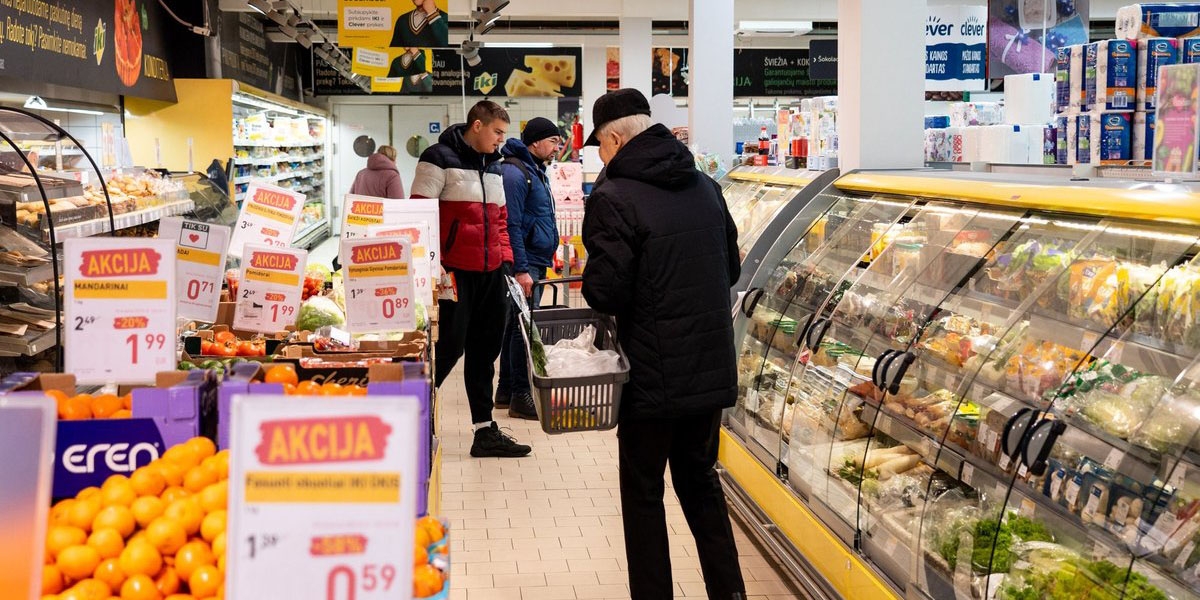
Changes to the labelling of food products
The European Union Food Consumer Information Rules, which entered into force in 2011, become mandatory from December 2016. These are the biggest changes in food labeling in 30 years, requiring changes to the format and content of labels.
The EU food labeling rules are a 46-page document detailing all the requirements and possible cases.
Key changes under EU Directive 1169/2011 to be aware of:
- it is indicated to improve the readability of information on labels (minimum font size of mandatory information);
- clear and consistent presentation of allergens (e.g. soy, nuts, gluten, lactose) in the general list of ingredients on packaged product labels (font types, background color are indicated);
- mandatory allergen information for unpackaged products, including restaurants and cafes;
- the requirement to provide nutrition-related information on the labels of packaged products: energy value, fat content, saturated fatty acids, carbohydrates, sugar, protein and salt;
- the origin of fresh meat (pork, lamb, goat and poultry) must be indicated;
- the same requirements for labels apply both to sales in stores and to distance sales or e-commerce;
- the list of ingredients must indicate artificially created nanomaterials;
- specific information on processed oils and fats of vegetable origin;
- tightened rules to avoid misleading buyers;
- a list of ingredient substitutes used must be provided;
- information about "processed meat" or "processed fish" is clearly indicated;
- it is clearly indicated that the product has been thawed;
Labels
The label is the first thing we pay attention to when buying, when we take a product off the shelf. It gives the first impression of the manufacturer and the product, especially if we see it for the first time. The label must be attractive, colorful and interesting for the buyer, but at the same time it must meet the legal requirements, such as EU Directive No. 1169/2011, which will come into force from December 2016. As a manufacturer or seller, you are in a situation where you need to find a balance between attractiveness and informativeness when designing and printing labels. How can this be achieved with the lowest cost and highest efficiency? What can you expect from a basic label preparation and printing tool, dedicated software?

- First, so that the software does not require programming knowledge. You don't have to hire a programmer just to print labels. The tool for creating and printing labels should be convenient. Your employees need to get the best result with the least possible effort.
- Creating different templates for each product or recipe is a time-consuming process. Dividing templates into catalogs, entering individual data and checking for errors takes the most time. Choose a tool that allows you to easily manage data and manage the process of preparing and printing templates.
- A professional label maker and printer doesn't have to be an overnight investment. Today, it is important that your business does not have problems with the EU requirements for food labels. Tomorrow there will be other challenges - these may be new customer requirements or regulations from countries that do not belong to the EU. This should be considered when investing in label equipment.


